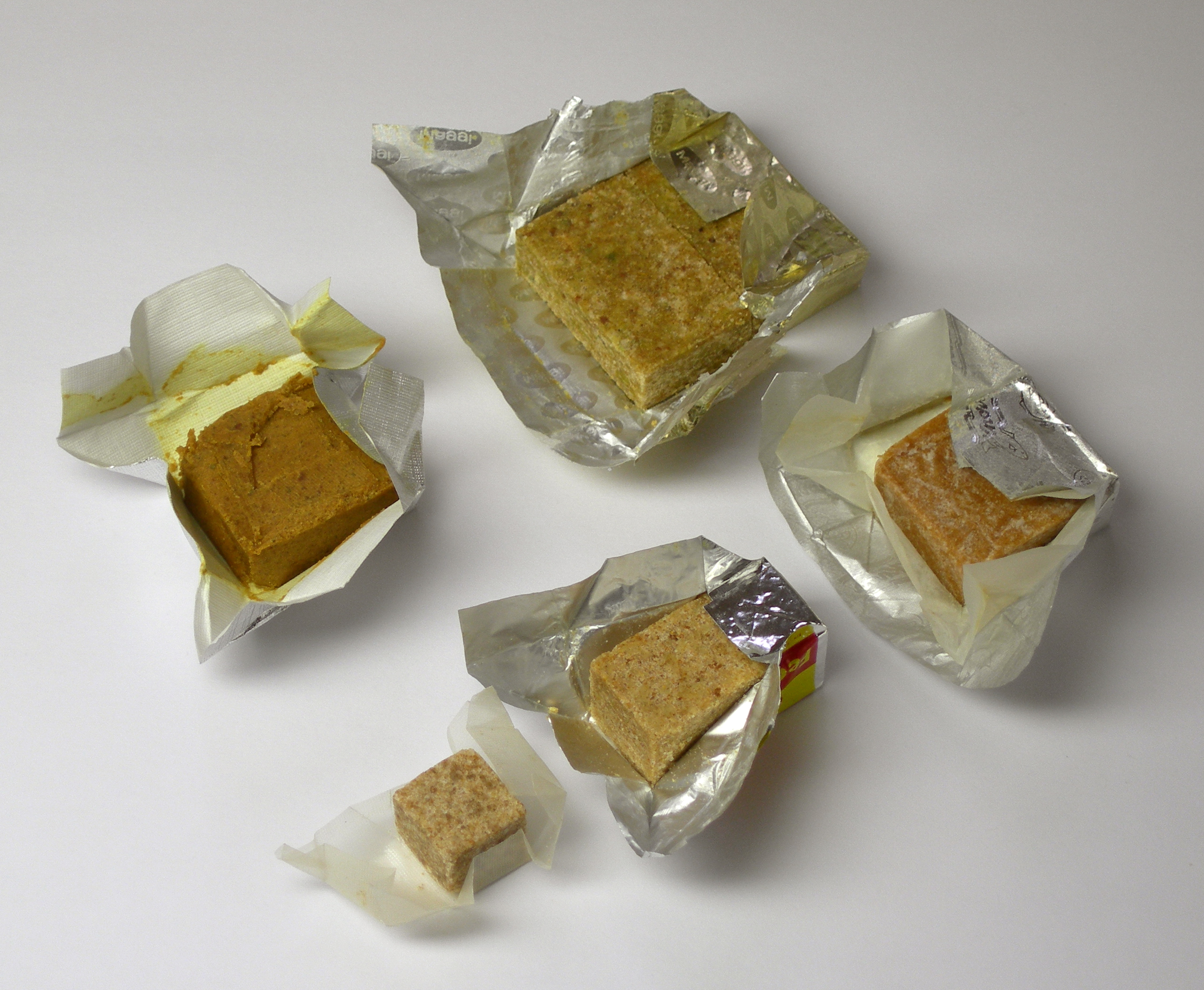|
Sanyaa
Sanya khuna is a special type of stale fish curry making from dried fish prepared by the Newars of Nepal. It is specially belong to Newar community of Nepa Valley ( Kathmandu Valley). It is made from dried fish. First of all dried fish soaked in cold water and cook normally using newa mustard old, spices and water. After finished cooking. Soup based fish curry have to separate into small bowels and store into cold place or refrigerator for minimum 12 hour. After 12 hour soup turn into jelly and ready to eat. It is very popular dish in newer culture. See also * List of dried foods This is a list of dried foods. Food drying is a method of food preservation that works by removing water from the food, which inhibits the growth of bacteria and has been practiced worldwide since ancient times to preserve food. Where or when d ... Newari cuisine Dried fish {{nepal-cuisine-stub ... [...More Info...] [...Related Items...] OR: [Wikipedia] [Google] [Baidu] |
List Of Dried Foods
This is a list of dried foods. Food drying is a method of food preservation that works by removing water from the food, which inhibits the growth of bacteria and has been practiced worldwide since ancient times to preserve food. Where or when dehydration as a food preservation technique was invented has been lost to time, but the earliest known practice of food drying is 12,000 BC by inhabitants of the modern Middle East and Asia."Historical Origins of Food Preservation". Accessed June 2011. Dried foods Processed foods B  ...
...
[...More Info...] [...Related Items...] OR: [Wikipedia] [Google] [Baidu] |
Newari Cuisine
Newa cuisine (also referred to as ''Newar'' cuisine) is a subset of Nepalese cuisine that has developed over centuries among the Newars of Kathmandu (Kathmandu is called ''Yen'' in Nepal Bhasa) in Nepal. Newa cuisine is the most celebrated food variety in the country that consists of over 200 dishes. It is more elaborate than most Nepalese cuisines because the Kathmandu Valley has exceptionally fertile alluvial soil and enough wealthy households to make growing produce more profitable than cultivating rice and other staples. Food is the integral part of Newar culture. Different kind of foods are prepared for different occasions, considering the climate and nutritional needs for body. Newars are renowned for their sumptuous feasting. Dishes served during feasts and festivals have symbolic significance. Lunch and dinner *Jā (boiled rice) Meat dishes *Choila (ground buffalo meat) *Pālulā (buffalo meat and ginger curry) *Senlāmu (raw ground buffalo liver seasoned with spices) ... [...More Info...] [...Related Items...] OR: [Wikipedia] [Google] [Baidu] |
Dried Fish
Fresh fish rapidly deteriorates unless some way can be found to preserve it. Drying (food), Drying is a method of food preservation that works by removing water from the food, which inhibits the growth of microorganisms. Open air drying using sun and wind has been practiced since ancient times to preserve food."Historical Origins of Food Preservation." Accessed June 2011. Water is usually removed by evaporation (air drying, sun drying, smoking or wind drying) but, in the case of freeze-drying, food is first frozen food, frozen and then the water is removed by sublimation (chemistry), sublimation. Bacteria, yeasts and molds need the water in the food to grow, and drying effectively prevents them from surviving in the food. Fish are Food preservation, preserved through such traditio ... [...More Info...] [...Related Items...] OR: [Wikipedia] [Google] [Baidu] |
Newar
Newar (; new, नेवार, endonym: Newa; new, नेवा, Pracalit script:) or Nepami, are the historical inhabitants of the Kathmandu Valley and its surrounding areas in Nepal and the creators of its historic heritage and civilisation. Page 15. Newars form a linguistic and cultural community of primarily Indo-Aryan and Tibeto-Burman ethnicities following Hinduism and Buddhism with Nepal Bhasa as their common language. Newars have developed a division of labour and a sophisticated urban civilisation not seen elsewhere in the Himalayan foothills. Newars have continued their age-old traditions and practices and pride themselves as the true custodians of the religion, culture and civilisation of Nepal. Newars are known for their contributions to culture, art and literature, trade, agriculture and cuisine. Today, they consistently rank as the most economically and socially advanced community of Nepal, according to the annual Human Development Index published by UNDP. Nep ... [...More Info...] [...Related Items...] OR: [Wikipedia] [Google] [Baidu] |


